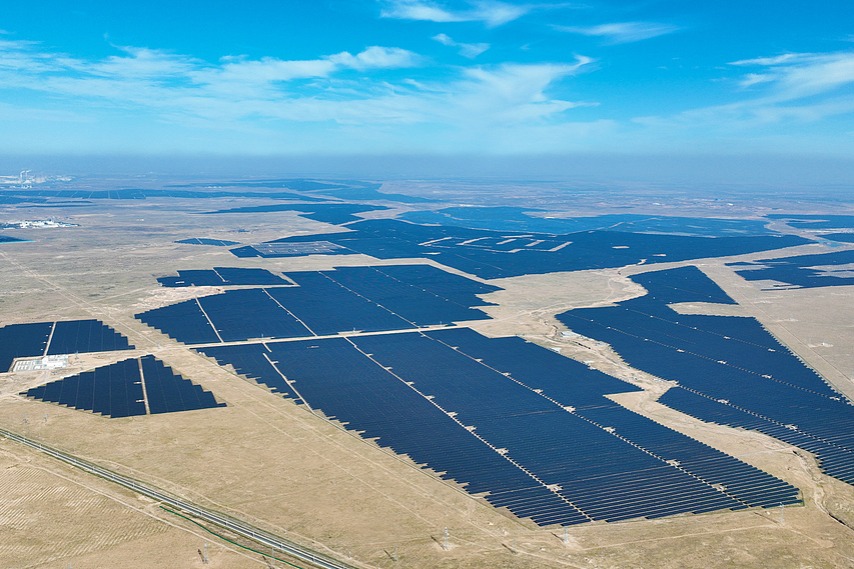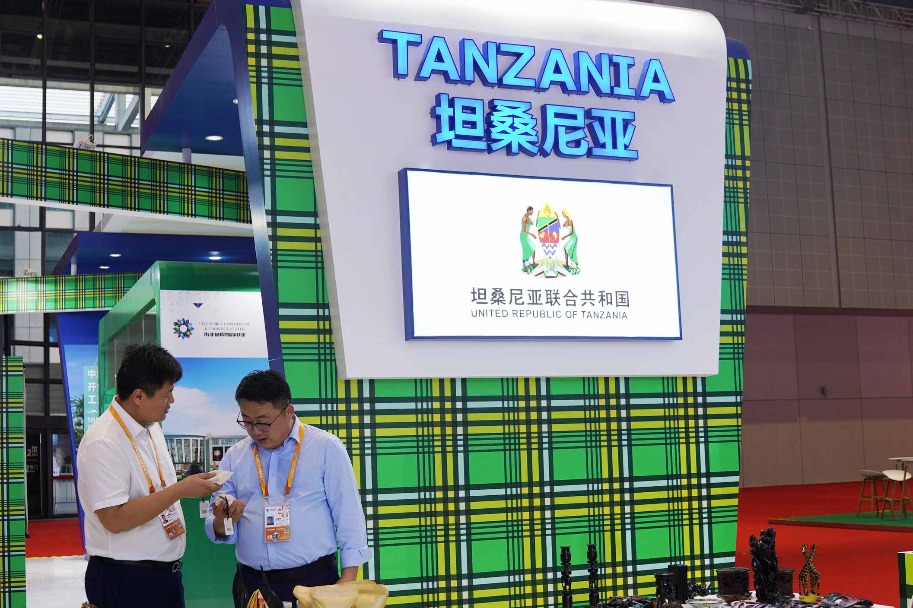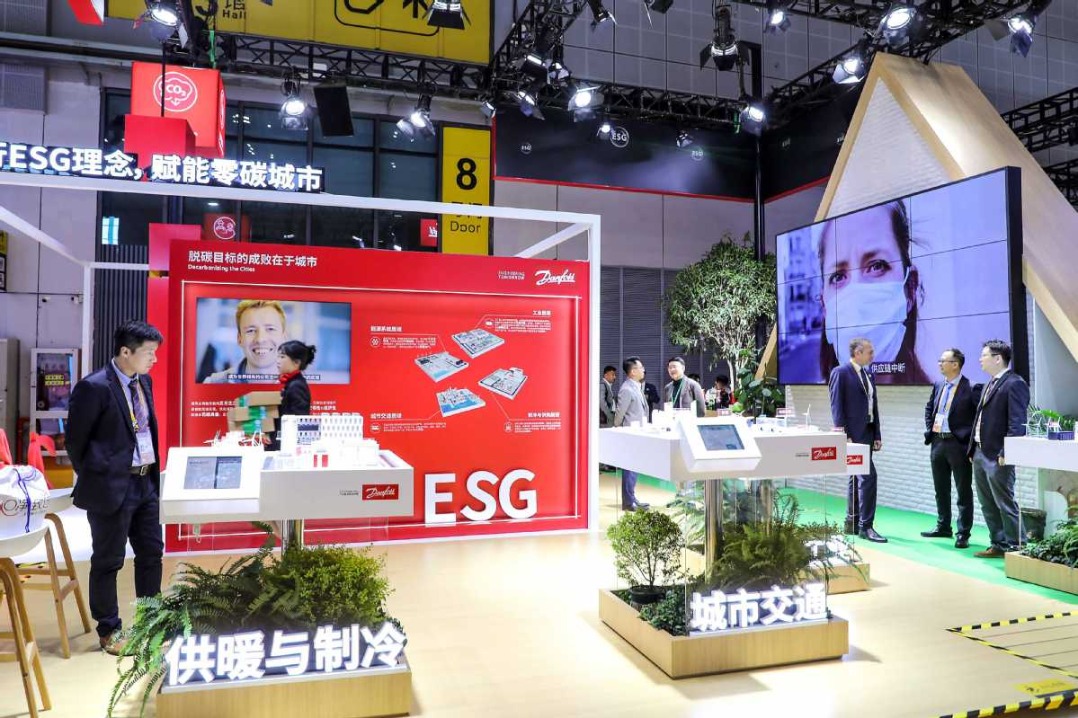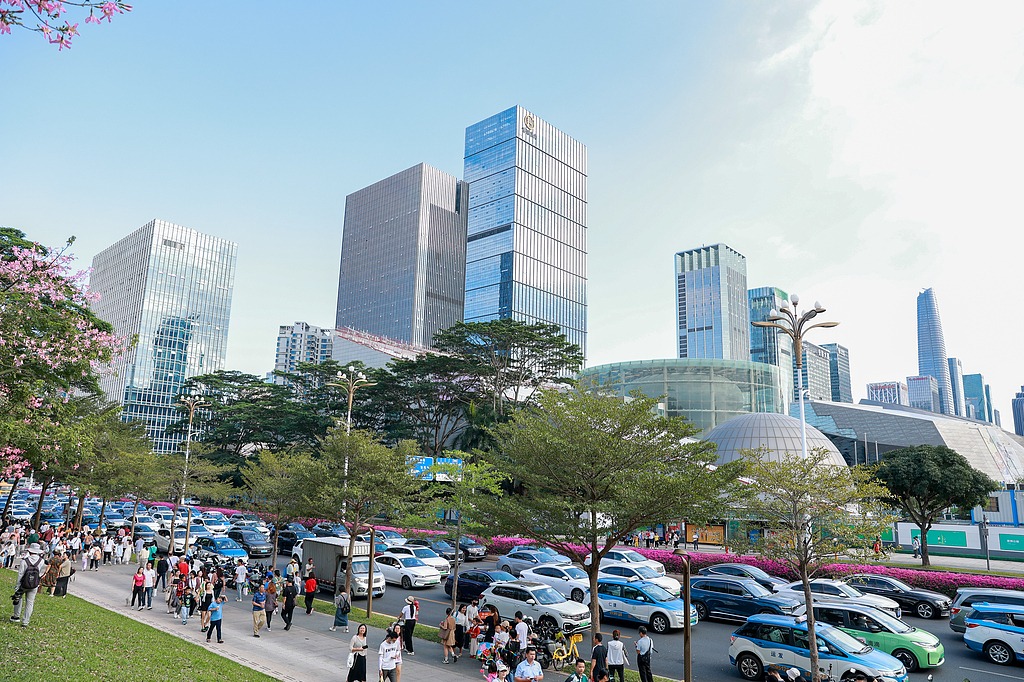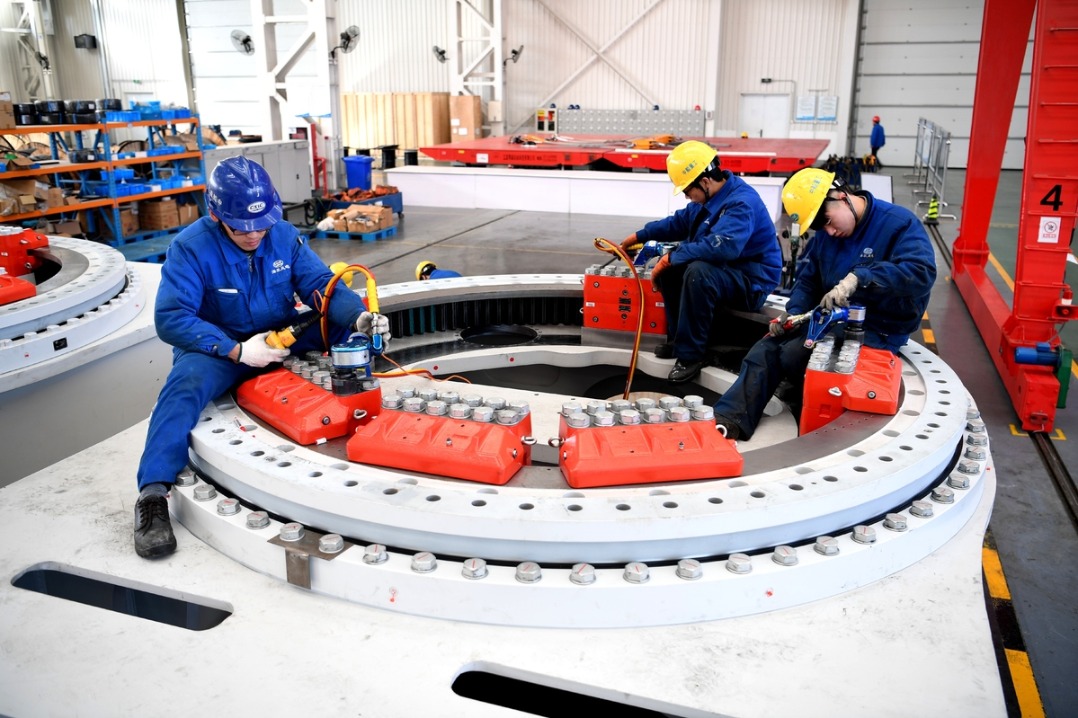Insights from Olympic zone show fun and profits can form virtuous circle


I have been living in a Beijing neighborhood close to the National Stadium, also known as the Bird's Nest, for over 15 years, and I bear witness to the fascinating changes in the community brought by the Olympic Games in 2008 and 2022.
More high-end sports facilities, office buildings and conference centers have been built nearby. Despite the community not being located in downtown or the central business district of Beijing, it has become an increasingly modern sports complex and a sightseeing spot for tourists. The sports culture and related business formats have sunk their roots deep in the neighborhood.
During the Beijing 2022 Winter Olympics, held 17 days in February, we the community were given special permits and car passes to enter and exit our residential quarter, as a number of roads were temporarily closed for the opening and closing ceremonies and other events for reasons of security and pandemic control.
I was immersed in a strong Olympic and sporty atmosphere for two weeks. The restrictions, although an inconvenience to a certain extent, seemed a very small price to pay for a larger cause.
I'm not a sports fan, but that didn't stop me from watching several games during the quadrennial event almost daily as everyone around was talking about it. I could sense that the event is going to have a lasting impact on Chinese consumers' enthusiasm for ice and snow sports and further drive retail growth.
Over a weekend in February, my friend went skiing at a venue in Changping district in suburban Beijing, and she didn't expect that the long queue of cars would block her outside the ski field. Staff members told visitors that the number of skiers in the venue had reached the maximum. She chose to leave and have lunch first and then went to a hot spring resort nearby.
A skiing trip is expected to drive consumption in many related sectors. If the revenues of an ice and snow tour increased by 1 yuan ($16 cents), it would drive an income growth of more than 4 yuan for other sectors like transportation, hospitality and catering, according to findings by the research institute of Qunar, a Beijing-based online travel agency.
Together with photography and fishing, skiing is regarded as one of the most expensive hobbies. A set of primary snowboard, skiwear, helmet and goggles can cost more than 10,000 yuan. For equipment and outfits that are more professional or from limited editions, they would cost higher, according to Qunar.
Chinese companies such as down apparel maker Bosideng Group and foreign retailers such as German high-end sportswear and skiwear brand Bogner have already seen growing demand for skiwear lately.
By 2025, the total revenue of China's ice and snow tourism sector is expected to surpass 1.1 trillion yuan, with more than 500 million people expected to participate in ice and snow tourism, according to a report by the China Tourism Academy.



















